
Cars go wrong all the time. The stresses and strains created by modern motoring on today’s vehicles means that parts naturally wear out due to no fault of the owner. Getting faulty car parts diagnosed and replaced by professional motor shops can be expensive and time consuming, so you’ll be pleased to find out there is another way. Purchasing and installing second hand car parts is now easier than ever with internet sites that link you to a network of sellers. This can help you find even the trickiest-to-source parts.
In this guide to buying second hand car parts, we give you all the information you could possibly need to find a good source of reputable parts and install them yourself.
Continue reading
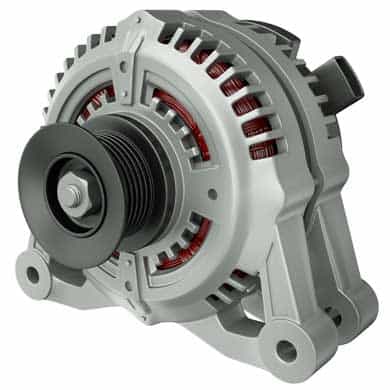
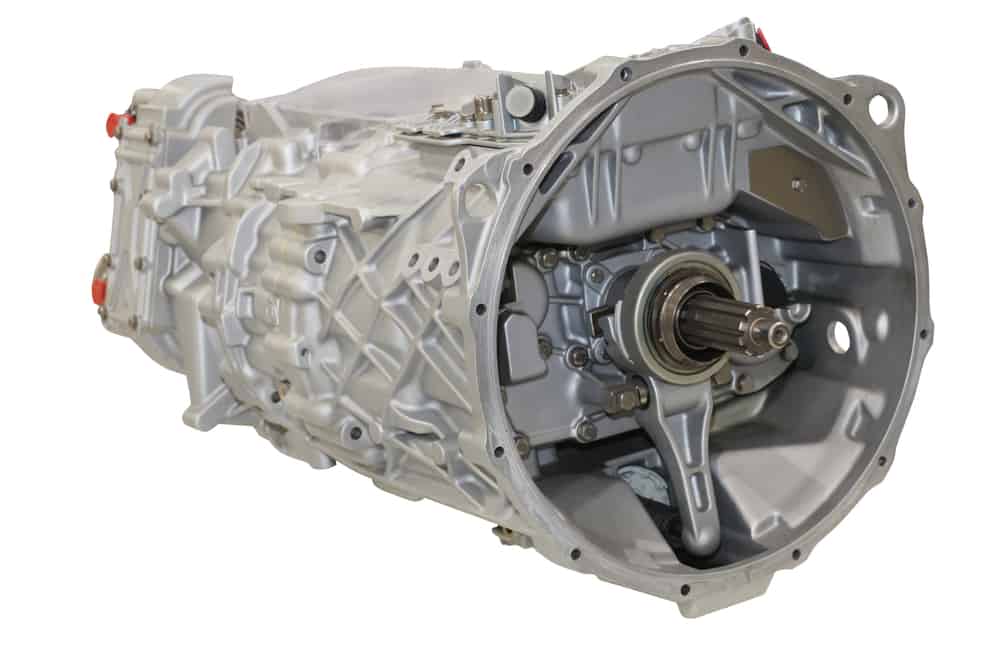
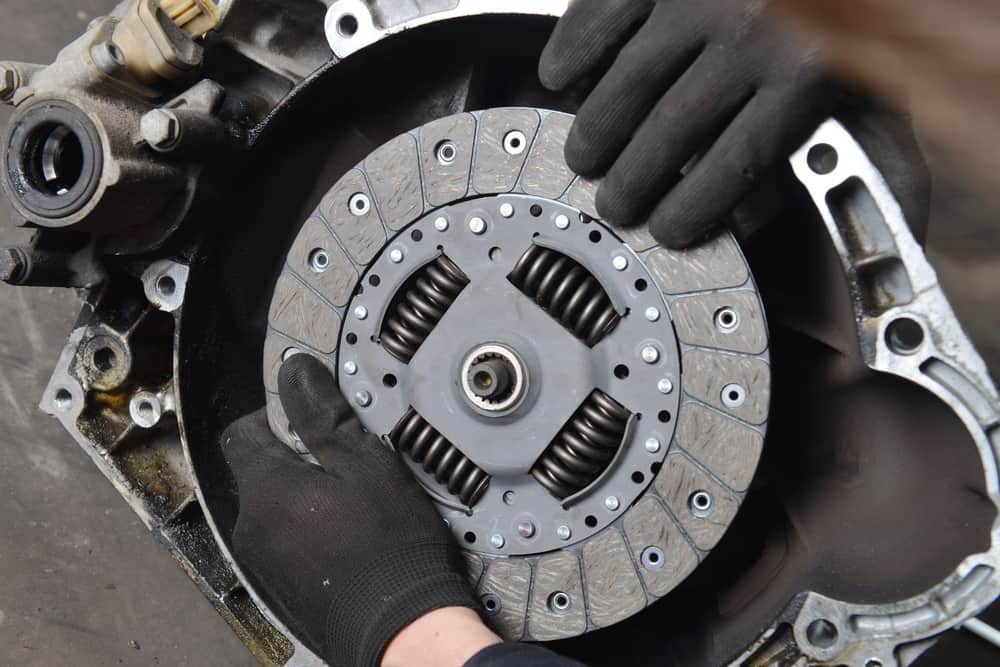
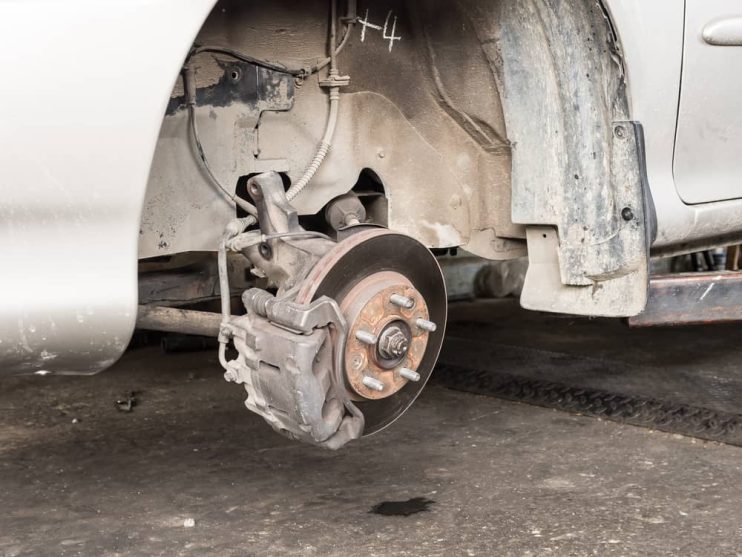
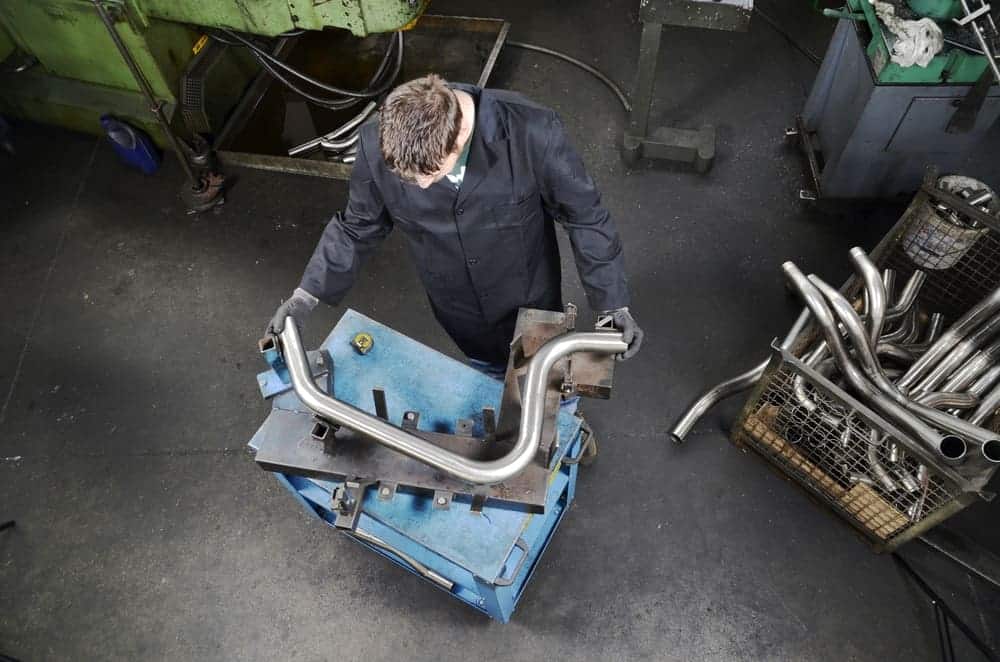 The
The 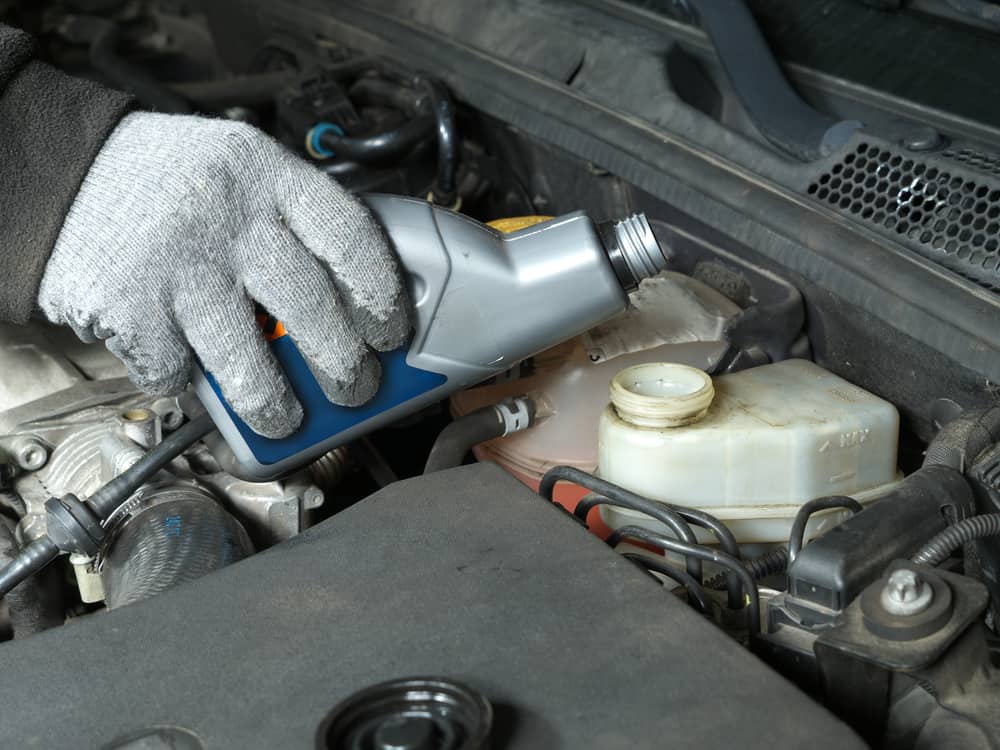
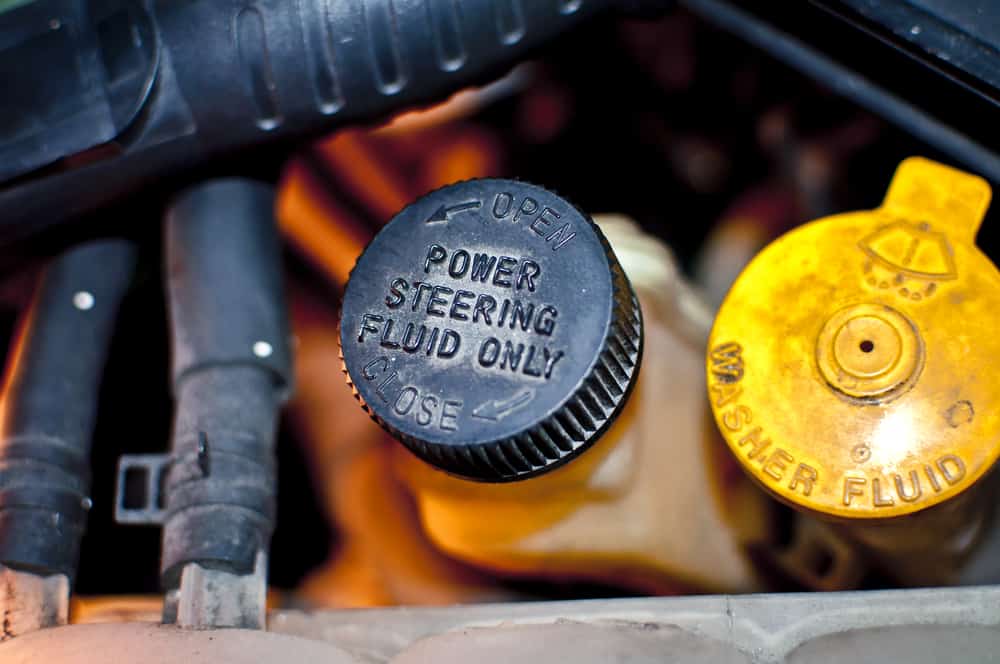
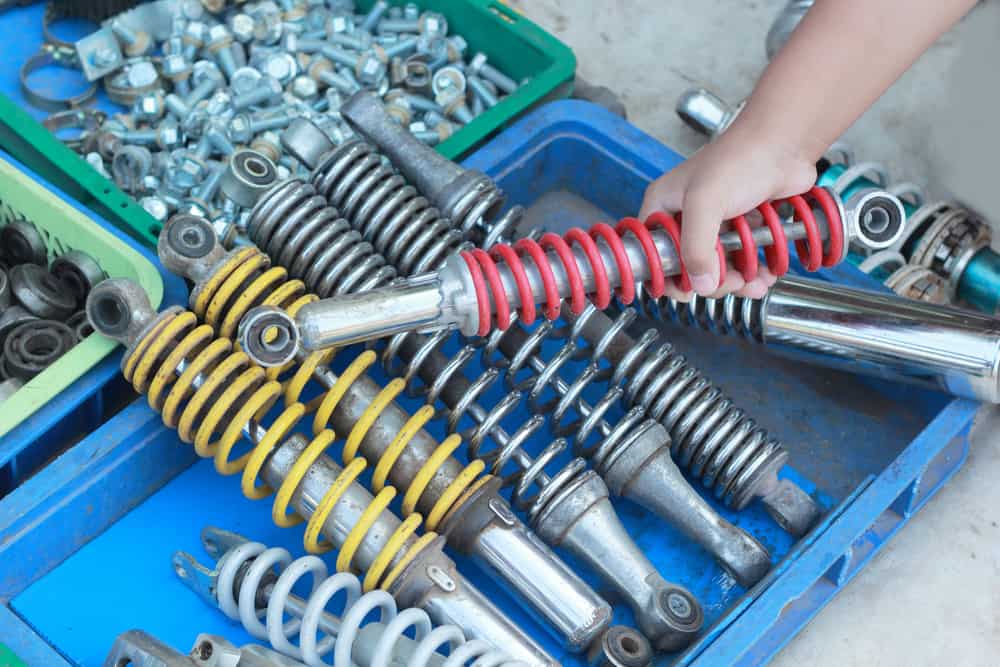
.png)